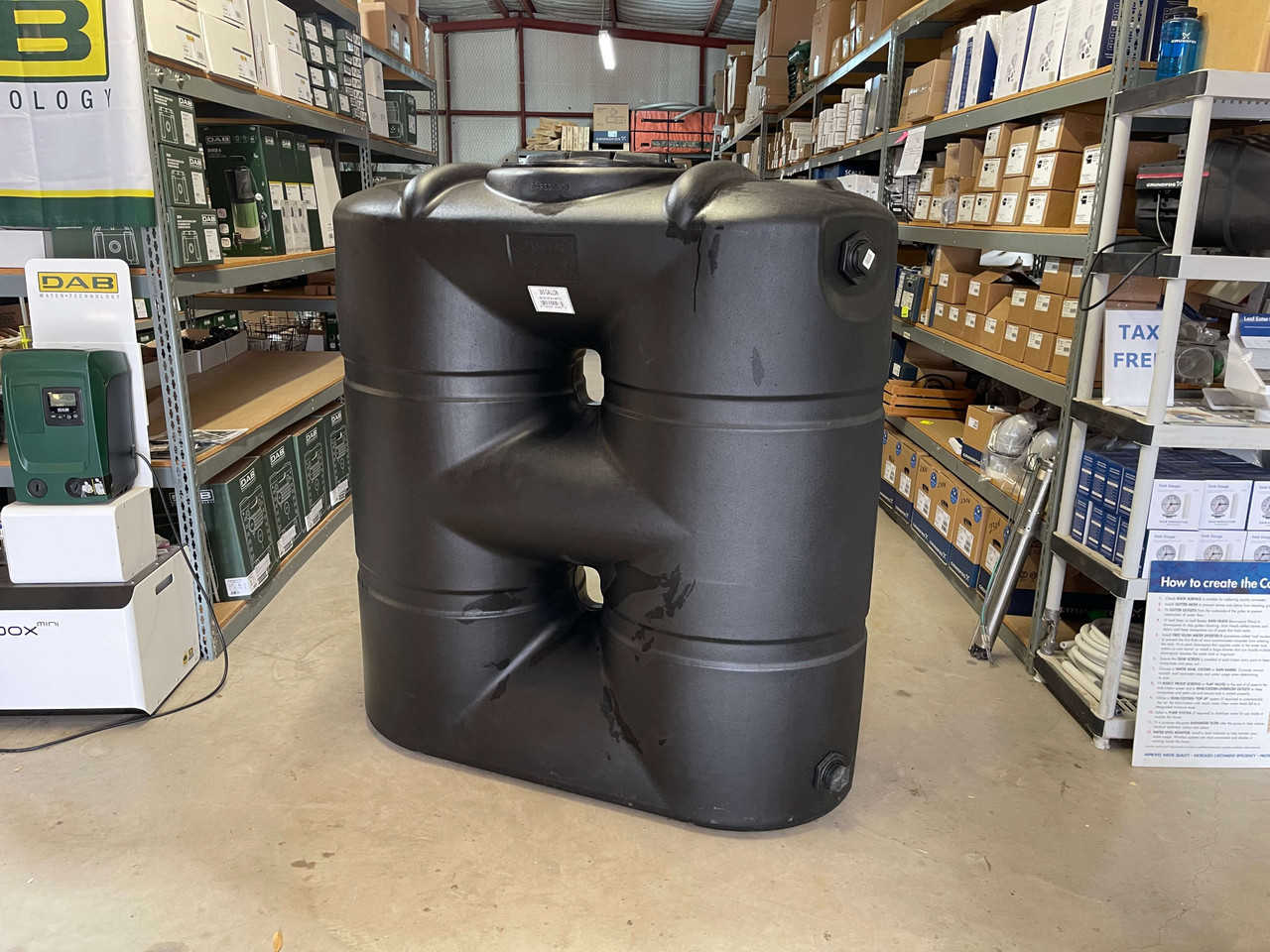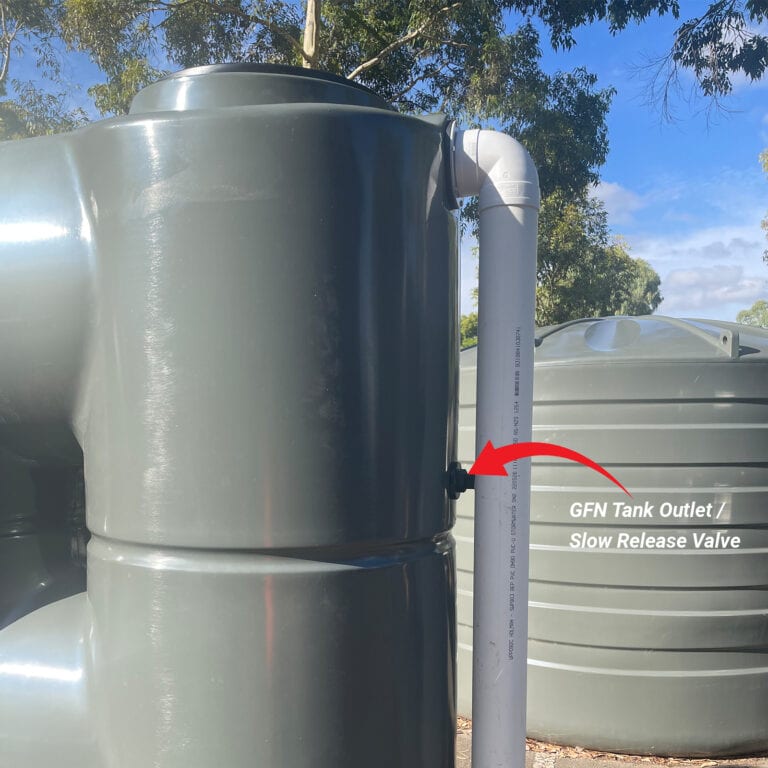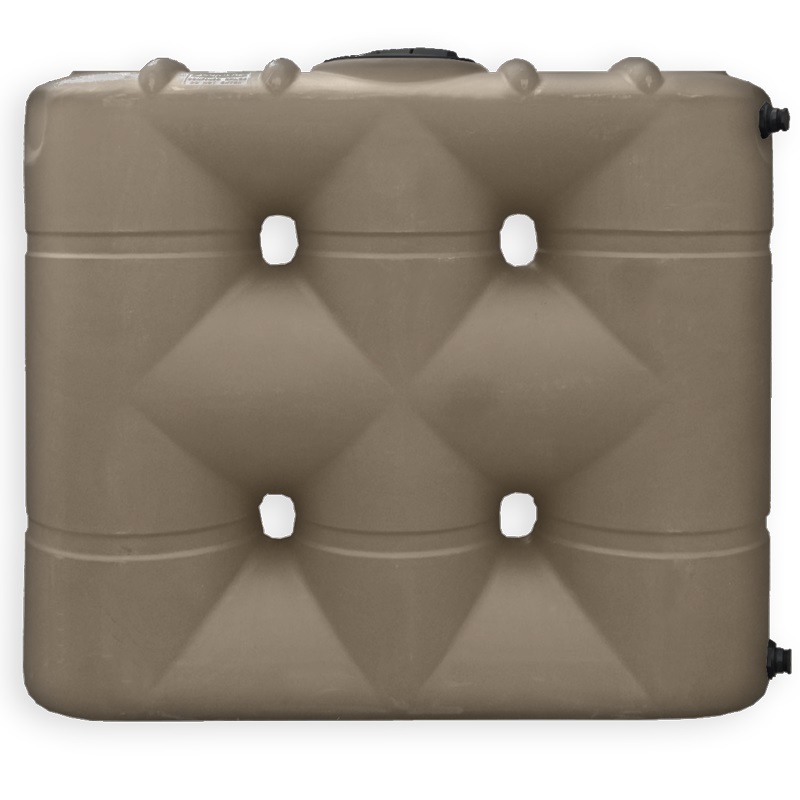Discover the Advantages of Slimline Water Tanks for Space-Saving Storage Space
Recognizing the Significance of Rain Containers in Drought-Prone Regions for Water Safety
In areas vulnerable to long term droughts, the function of rain tanks in boosting water security is a topic of expanding relevance. As communities come to grips with the obstacles of water scarcity, comprehending the value of these tanks exceeds simple collection of rain. Rain tanks function as a crucial device in mitigating the impact of water lacks by supplying a lasting resource of water for numerous needs. However, real value of rainwater storage tanks expands much past plain storage space; it incorporates resilience-building measures and the promotion of long-term water conservation techniques. This complex approach to water security warrants a more detailed exam of the duty rain storage tanks play in making sure a trustworthy water system throughout times of drought.
Benefits of Rain Storage Tanks
Utilizing rain storage tanks offers a lasting service for augmenting water and improving water security in property and commercial setups. One of the key benefits of rain storage tanks is their capacity to minimize dependency on mains water supply. By catching and saving rainwater that drops on rooftops, this alternate resource can be used for numerous non-potable purposes such as irrigation, purging toilets, and cleaning garments. This not only saves cured alcohol consumption water but likewise decreases water bills for individuals.

Rain Harvesting Techniques
Rainwater collecting techniques include a variety of methods developed to successfully accumulate and store rainwater for numerous objectives, adding to water conservation and sustainability. One typical strategy is the installation of rooftop catchment systems, where rainwater is gathered from the roof covering of a structure and directed to a storage tank. This technique is reasonably straightforward and cost-effective. One more prominent method is the usage of above-ground or below ground tank to save rain for later usage. These tanks come in various sizes and materials to suit different needs and can be connected to the existing plumbing system for easy access.

Moreover, rain yards and permeable sidewalks are innovative strategies that involve landscape design or paving surfaces in a means that allows rain to percolate into the ground, renewing groundwater gets. In addition, contour farming and terracing are agricultural practices that aid catch rain and avoid soil erosion in hilly surface. By carrying out these varied rainwater harvesting methods, areas can enhance water protection and durability in drought-prone areas while promoting lasting water administration practices.
Relevance of Water Safety
Guaranteeing reliable accessibility to clean and enough water sources is paramount for maintaining human health and wellness, financial advancement, and environmental well-being. Water protection is an important element of societal strength, particularly in areas vulnerable to dry spells and water shortage. Ample water safety and security encompasses different measurements, including schedule, quality, and access of water for domestic, farming, industrial, and environmental requirements.
Water safety and security plays a critical function in promoting public find more info health and wellness by reducing the frequency of waterborne diseases and making sure hygiene facilities. Economically, water protection is important for farming performance, industrial procedures, and total economic growth. Slimline water tanks. Additionally, water security is carefully connected to ecological sustainability, as it supports communities, biodiversity, and general eco-friendly balance.
In drought-prone regions, water safety and security ends up being a lot more critical due to the heightened danger of water lacks. Applying strategies like rainwater harvesting, water recycling, and effective water administration techniques can dramatically enhance water safety and security in these areas. By prioritizing water security, areas can better hold up against the impacts of climate change, population growth, and other challenges that threaten water schedule.
Enhancing Water Durability
With enhancing international water obstacles, constructing strength in water supply has actually come to be a critical emphasis for lasting advancement efforts. Enhancing water resilience involves carrying out methods to ensure water accessibility and quality despite transforming environmental problems, such as dry spells, floods, and pollution.
One key element of boosting water durability is promoting using rainwater containers in next page drought-prone areas - Slimline water tanks. Rain tanks act as an efficient means of recording and keeping rainwater for later usage, minimizing reliance on limited freshwater resources during completely dry durations. By incorporating rain harvesting systems into water management strategies, neighborhoods can enhance their capacity to endure water scarcity and preserve water safety and security

Sustainable Water Conservation
Amidst rising water challenges, the prudent monitoring of water sources through sustainable preservation techniques is vital for making certain lasting environmental stability and societal wellness. Sustainable water preservation entails the reliable use of water sources to meet present requirements without jeopardizing the ability of future generations to meet their own requirements. By executing techniques such as rainwater harvesting, greywater recycling, and water-efficient technologies, communities can reduce water wastefulness and relieve stress click over here now on freshwater resources.
Moreover, lasting water conservation methods add to ecosystem health by maintaining ample water degrees in rivers, lakes, and wetlands, sustaining biodiversity, and preserving natural environments. These techniques likewise play an important role in mitigating the influences of environment modification by helping to adjust to transforming rainfall patterns and water schedule.

Conclusion
In verdict, rainwater containers play an important role in improving water safety and security and strength in drought-prone areas. By using rainwater harvesting methods, areas can decrease their dependence on traditional water sources and advertise lasting water conservation methods. This not just helps alleviate the impacts of water scarcity during droughts however likewise adds to lasting water protection and strength when faced with environment modification challenges.